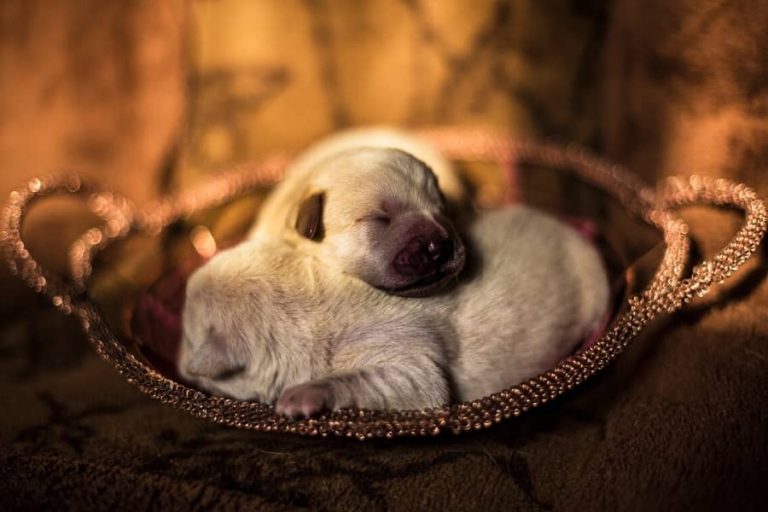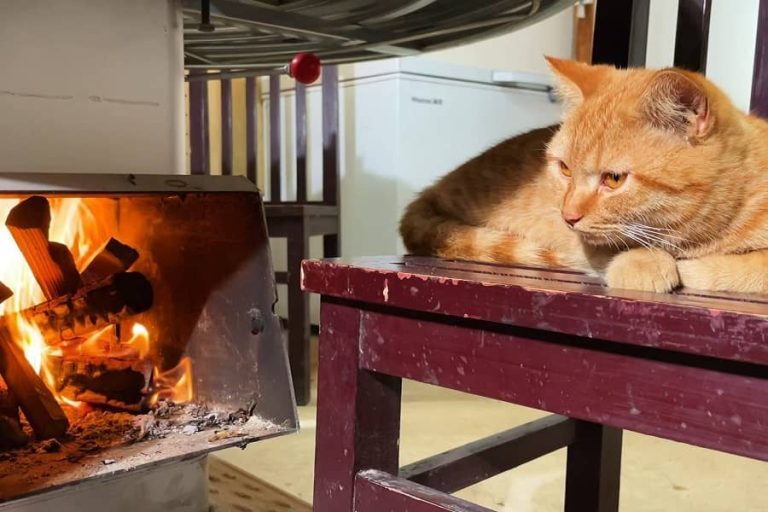Can A Dog Get A Cat Pregnant
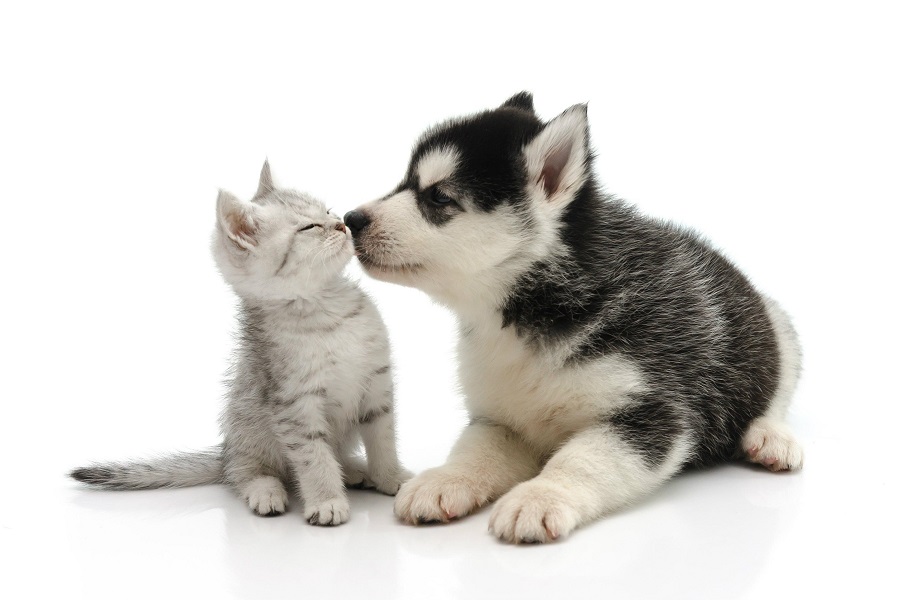
No, dogs cannot get cats pregnant, and vice versa. They are separate species, and their reproductive systems are not compatible. Each species has its unique characteristics and physical structures that determine the type of offspring they can produce. Therefore, cats and dogs cannot interbreed, and there is no possibility of a dog fathering kittens or a cat fathering puppies. It’s a good idea to separate them and not allow unmonitored interactions between them to avoid any possible fighting or aggression.
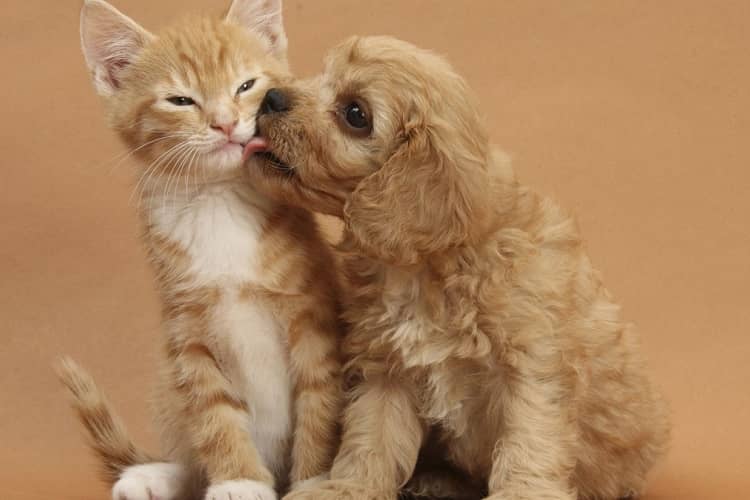
Table of Contents
What would happen if a dog and cat mated?
Dogs and cats are different species, and therefore, they cannot mate and produce offspring. The reproductive organs of dogs and cats are structurally different, and the breeding of two different species, such as a dog and a cat, is biologically impossible.
While there have been some instances of dogs attempting to mount cats, most of these behaviors do not result in successful mating. In some rare cases, a dog’s attempts at mating with a cat may cause physical harm to the cat, such as injuries that could be potentially life-threatening. It is also essential to note that attempts at mating between dogs and cats can sometimes be a sign of aggression rather than sexual attraction.
There have been rare cases where a dog’s sperm has been used to fertilize a cat’s eggs. This procedure is done using artificial insemination, and the fertilized egg is then implanted into a surrogate mother cat. However, even in such cases, the fertilized egg hardly develops into a viable fetus as the genetic makeup of dogs and cats are fundamentally different.
In conclusion, dogs and cats cannot mate, and there are no instances of a successful dog-cat hybrid. These two species, despite both being popular pets, are separate and distinct, and it’s essential to ensure that they are kept separate or introduced slowly and carefully to avoid the potential for aggression, harm, or distress.
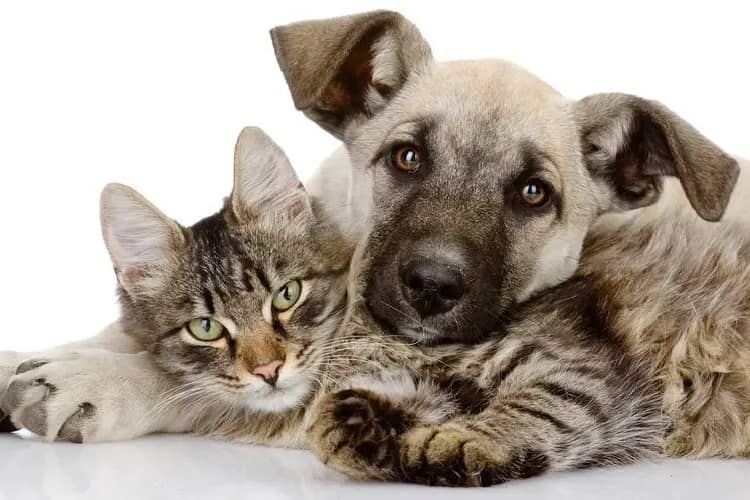
Can dogs get pregnant with kittens?
No, dogs cannot get pregnant with kittens. Dogs and cats are different species, and they cannot breed with each other. The reproductive systems of dogs and cats are vastly different, making it impossible for them to crossbreed and produce offspring. Dogs have 78 chromosomes, while cats have 38 chromosomes, which makes it biologically impossible for their sexual cells (sperm and eggs) to fertilize and produce offspring.
It’s essential to note that allowing dogs and cats to mate is not recommended as it can be dangerous for both animals. Their mating attempts are less about mating and more about dominance, and there is a significant risk that the dog could cause harm to the cat during the mating process. If one is planning to have multiple pets in their home, it is recommended to keep them separate or introduce them slowly and under close supervision.
In summary, dogs cannot get pregnant with kittens, and the idea of a dog-cat hybrid is medically impossible. It is essential to ensure that dogs and cats are kept separate unless introduced under controlled conditions, as they can exhibit aggressive behavior towards each other and endanger each other’s well-being.
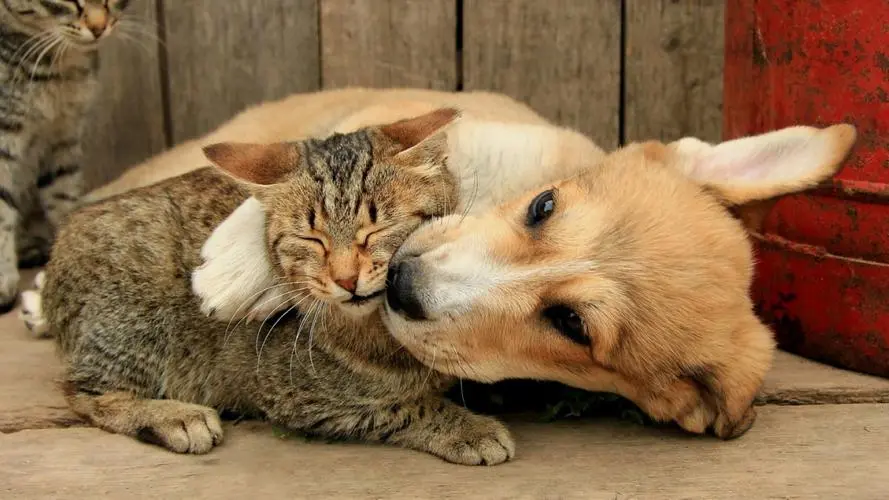
Why are dogs and cats close together?
Dogs and cats are typically thought of as being at odds with each other, but it’s possible for them to become close companions if introduced properly. In some cases, dogs and cats have even formed deep bonds with each other. Here are some reasons why they might become close:
- Companionship: Dogs and cats are social creatures and often crave companionship. If they are introduced to each other at a young age, they can form strong bonds of friendship and enjoy spending time together.
- Playfulness: Dogs and cats can sometimes display playful behaviors towards each other, which help build camaraderie and trust.
- Mutual Respect: Mutual respect is a significant ingredient in the relationship between dogs and cats. Dogs usually respect the independence of cats and are less likely to see them as a potential threat, while cats often view dogs as dominant and will give them a wide berth unless they feel comfortable around them.
- Shared Space: When dogs and cats are sharing the same space, they can quickly learn to develop a routine together based on mutual respect and boundaries. For instance, they might learn to share their toys and sleeping areas, leading to a sense of familiarity and comfort with each other.
- Training: If a dog has been trained to respect cats, he is less likely to chase or intimidate them. Similarly, if a cat was trained to coexist with dogs, she won’t feel afraid or threatened by their presence.
In conclusion, dogs and cats are close together because they can develop mutual respect, trust, and companionship in the right environment. With the right training, socialization, and boundaries, dogs and cats can become close companions, and their interactions can be a joy to observe.
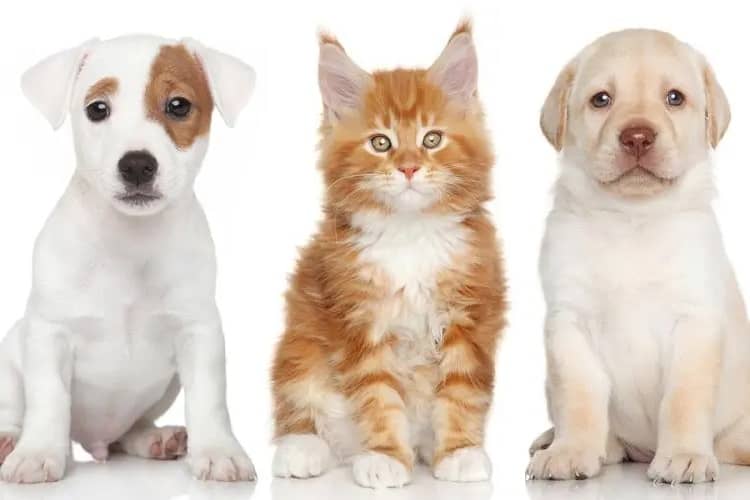
Avoid unwanted pregnancies in dogs
A female dog can get pregnant during a period called the ‘heat’ or the ‘estrus cycle’. It occurs every six to twelve months and lasts for about 2-3 weeks. During this period, female dogs become receptive to male dogs and can become pregnant. It is essential to note that unlike human beings who ovulate regularly, dogs can only get pregnant when they’re in heat.
Here are some precautions to be taken to avoid unwanted pregnancies in dogs:
- Spay or neuter your dog: Spaying or neutering a dog is the most effective way to prevent unwanted pregnancies. These surgeries are safe, carried out by veterinarians and can be done as early as six months of age.
- Keep male and female dogs separated during heat: If a dog owner has both a male and a female dog in the house, it’s essential to keep them separated during heat to avoid unwanted breeding.
- Keep a watchful eye: If the dog owner has an unspayed female dog around male dogs during the heat cycle, they should keep a watchful eye to prevent mating involved.
- Exercise caution while walking the dog: During the heat cycle, dogs are more likely to attract male dogs, so it’s essential to keep them on a leash and keep a watchful eye while walking them outdoor.
- Consult a veterinarian: A veterinarian can provide information on heat cycles and fertility in dogs and recommend methods to prevent unwanted pregnancy.
In summary, the best way to prevent unwanted pregnancies in dogs is to spay or neuter them. However, if the owner decides not to do so, they should be cautious during the heat cycle and keep a watchful eye on the dog during outdoor activities to avoid unwanted breeding. Finally, consulting with a veterinarian is highly recommended.
Avoid unwanted pregnancies in cats
A female cat can get pregnant when she is in ‘heat’ or ‘estrus.’ This is the period of sexual receptivity during which a female cat is fertile and can become pregnant. The heat cycle generally occurs every two to three weeks, with each cycle lasting anywhere from a few days to a couple of weeks.
Here are some precautions that cat owners should take to avoid unwanted cat pregnancies:
- Spay your cat: Spaying or neutering a cat is the most effective way to prevent unwanted cat pregnancies. It’s also beneficial to the health of your cat and reduces the risk of certain cancers and diseases. These surgeries are usually performed by veterinarians and can be done as early as six months of age.
- Keep female and male cats separated during heat: If the owner has both male and female cats in the house, they should keep them separated during heat to avoid unwanted breeding.
- Provide indoor shelter: Keeping cats indoors is an effective way to prevent unwanted cat pregnancies. It also keeps them safe from dangers such as cars or wild animals.
- Monitor outdoor activities: If an owner allows their cat to roam outdoors, they should keep a watchful eye on the cat at all times, especially during the cat’s heat cycle.
- Consult a veterinarian: If the owner has any questions or concerns regarding their cat’s reproductive cycle or potential pregnancy, they should consult a veterinarian. A veterinarian can provide information on fertility in cats, recommend spaying or neutering, and provide guidance on other methods of birth control.
In conclusion, the best way to prevent unwanted cat pregnancies is to spay or neuter them. However, if the owner decides not to do so, they should take precautions such as monitoring outdoor activities and keeping male and female cats separated during heat. Regular veterinary check-ups can also help ensure a healthy and happy cat.

